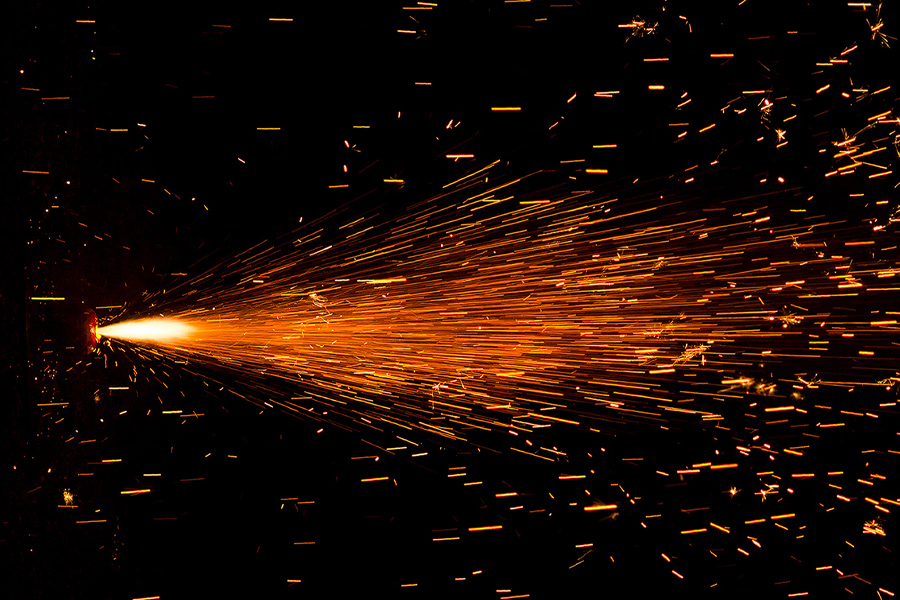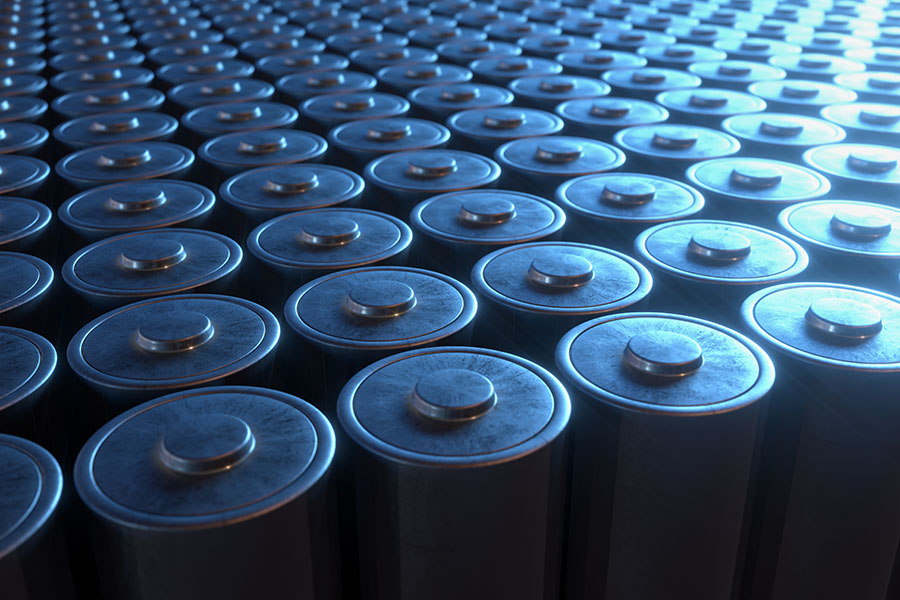The use of an accelerometer for detecting inorganic gases in gas chromatography (GC) is described. A milli-whistle was connected to the outlet of the GC capillary and was used instead of a normal GC detector. When the GC carrier gases and the sample gases pass through the milli-whistle, a sound is produced, leading to vibrational changes, which can be recorded using an accelerometer. Inorganic gases, including SO2, N2 and CO2, which are released from traditional Chinese firework-rockets at relatively high levels as the result of burning the propellant and explosive material inside could be rapidly determined using the GC/whistle-accelerometer system.
When we were young, the happiest thing during Lunar New Year was to set off firecrackers! During Lunar New Year, children bought firecrackers with their New Year's money, adults gathered to play cards, and the streets were very lively! The sound of the whistle soaring through the night sky came to an abrupt end with a "bang," which seemed to be an essential part of the New Year festival. However, in recent years, due to policy factors banning the letting off of firecrackers, the atmosphere of "Nian" has become much less fun.
During the "flying" of the sky cannon, and the sound of the final "explosion," the composition of the gunpowder filling the cannon differs. It is generally believed that black gunpowder is made according to the ratio of "Mono Sulphur, Di Nitrate and Three Charcoal." In terms of the ratio, it is 75% Potassium Nitrate, 10% Sulfur powder, and 15% Charcoal powder. As early as the year 1044, the book "Complete Essentials for the Military Classics" had recorded three complex gunpowder formulas, which used gunpowder to make bombs such as thunderbolt fireballs and iron-mouthed/iron-billed fire harriers. It is conceivable that the composition of black gunpowder is complicated, and it may not be easy to analyze clearly even with modern instruments.
The general formula for the chemical reaction of black powder can be written as: 2KNO3 + S + 3C → K2S + N2 + 3CO2. In other words, the explosion was caused by a chemical reaction in the enclosed space of the paper tube, causing a large amount of Nitrogen and Carbon Dioxide to ignite instantaneously. As long as you know how much Nitrogen and Carbon Dioxide are produced, you can reverse it to know the proportions of the components in the black powder.
Professor Cheng-Huang Lin at our school invented a new gas detection method, which is different from the traditional method. It uses the frequency change of the whistle to detect and quantify the gas.
As shown in Figure 2, after the gas sample is injected into the separator tube/column through the injection needle, it is carried by the gas in the gas cylinder and blown to the detection end through the gas separator tube. This method is called gas chromatography and is often used to test gases. Generally, mass spectrometers or other types of detectors are used to detect different types of gases. However, this research uses a mini whistle to detect gas in a physical way. When different gases pass through the whistle, they will emit sounds of different frequencies, which are received by the microphone and sent to the computer for analysis and processing. From the change of frequency, the amount of gas passing through the whistle can be calculated. After taking out the powder from the cupola, we put it in a transparent glass bottle. In order to avoid explosion when the powder burns instantaneously, a pressure relief valve is connected to the top of the glass bottle. The experimental results found that when the laser irradiated a small amount of propellant powder in the glass bottle, the temperature rose instantaneously (1265°C/sec). After the gas was cooled, 10 µL of the burned gas was extracted with an injection needle and injected into the separator column for analysis.
Figure 3 shows the appearance, cross-section, and experimental results of the cupola. Inside the cupola, the propellant is about 3/4 of the length and weighs 4.81 grams, while the explosive is about 1/4 of the length and weighs 2.9 grams. After the change in the measurement frequency of the mini whistle and the analysis of the computer program (LabVIEW), it was found that the combustion components of propellant powder were mainly Carbon Dioxide and Nitrogen (lower right of Figure 3). In this measurement, the gas cylinder was filled with Nitrogen, but no spectral peaks were seen for the Nitrogen itself, so the peaks were marked as Nitrogen and the remaining Oxygen was from the combustion. The spectral peaks of Nitrogen and Carbon Dioxide were observed when the gas in the gas cylinder was replaced by Oxygen. According to the result of the calculations, the proportion of charcoal in the propellant powder is 20.0%. The proportion of the ideal black powder as mentioned above is 75% Potassium Nitrate, 10% Sulfur powder, and 15% charcoal powder, so it is inferred that increasing the Carbon content contributes to the propulsive force of the cupola. In contrast, the explosive powder burns components other than Carbon Dioxide and Nitrogen, as well as a large amount of Sulfur Dioxide (lower left of Figure 3). Similarly, when the gas in the gas cylinder was replaced with Oxygen, a spectrum in the Nitrogen, Carbon Dioxide, and Sulfur Dioxide was observed. As a result of the calculations, the proportion of charcoal powder in the explosive powder is only 3.4 %, while the Sulfur powder is as high as 24.8 %. It is therefore inferred that an increase in the content of Sulfur to produce a loud blast is very helpful. In this experiment, because of the rapid burning rate, the presence of Carbon Monoxide and Nitrogen Oxide was not observed.
Through experiments, we can infer that what the ancients called "Mono Sulfur, Di Nitrogen and three Charcoal" is only a rough proportion. The gunpowder composition of various firecrackers and pyrotechnics is not the same, and their gunpowder formula and proportion should be corporate secrets. This study uses a simple method to quickly quantify the main components, and it also makes it easier for us to understand the gunpowder components in cupolas and pyrotechnics, and the differences brought about by different ratio configurations.
The results of this study have been published in the Journal of Chromatography A (2013, 1305, 230-233) with the title “Screening of inorganic gases released from firework-rockets by a gas chromatography/whistle-accelerometer method.” The detailed conditions of the experiment can be found in the paper. This research is supported by the Ministry of Science and Technology, grant number 101-2811-M-003-023.
Original source:
- Journal of Chromatography A (2013, 1305, 230-233)





